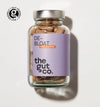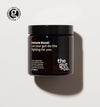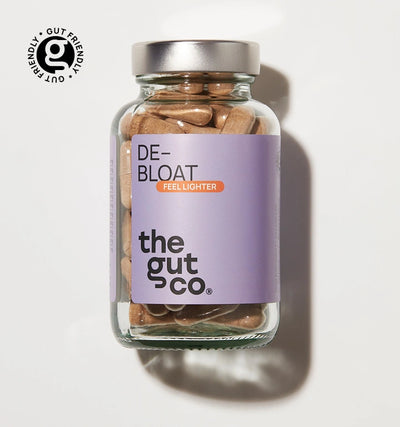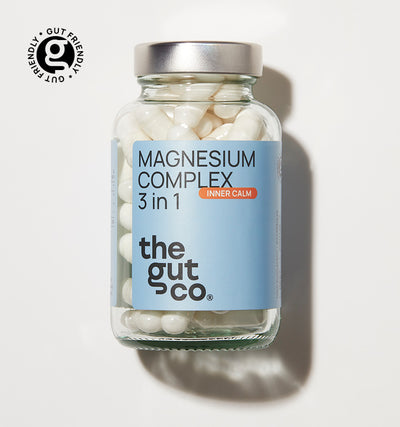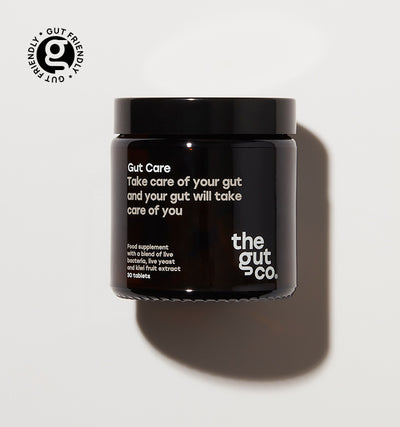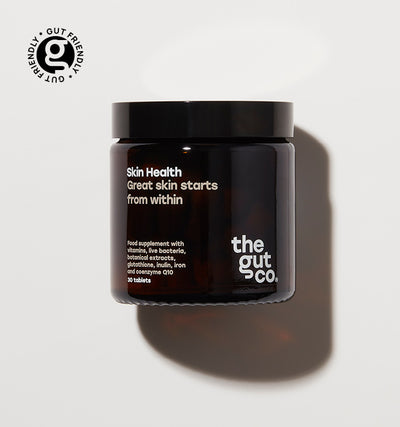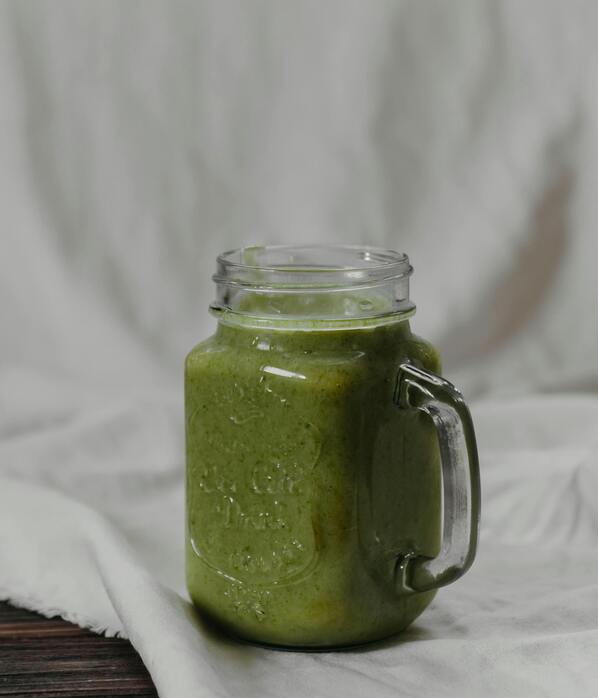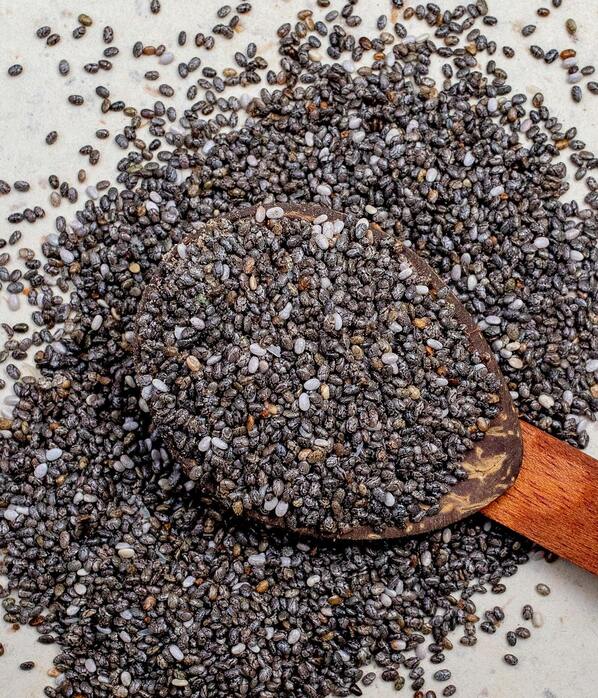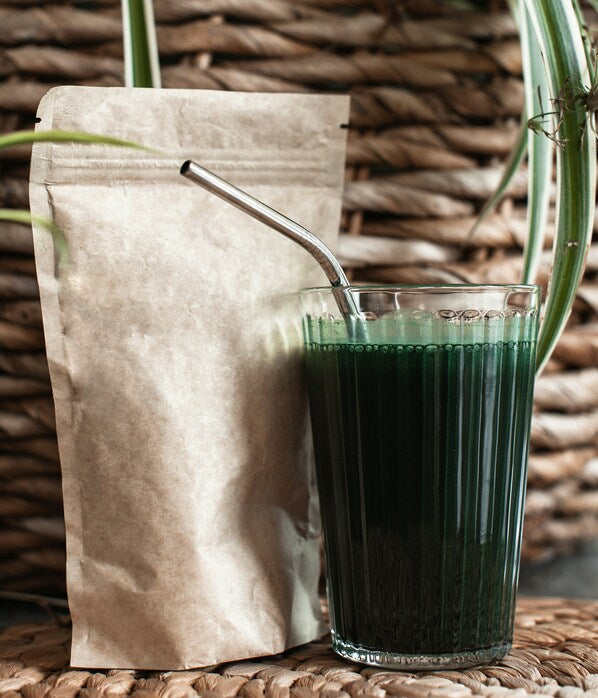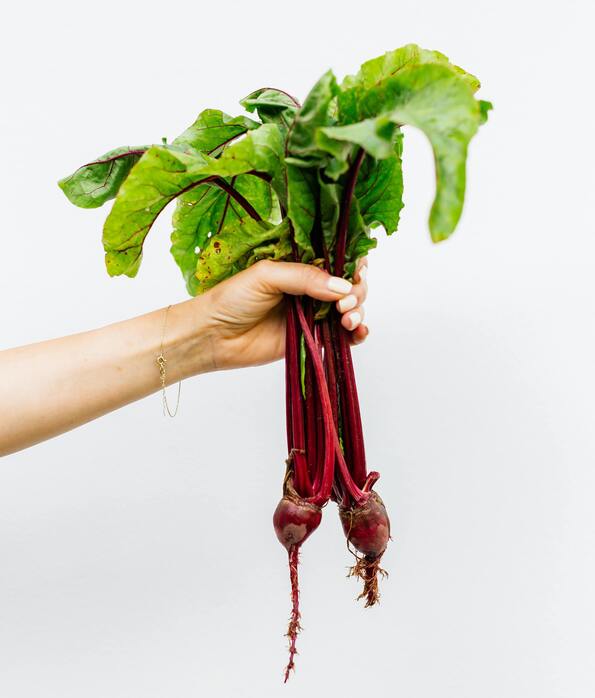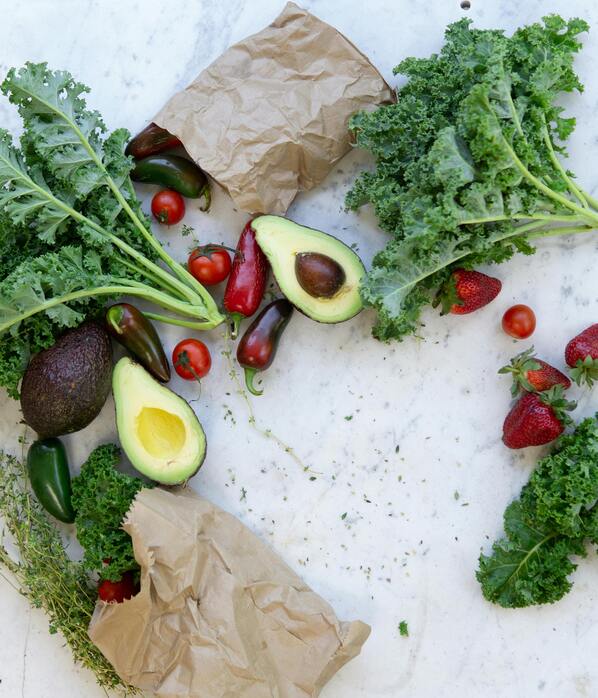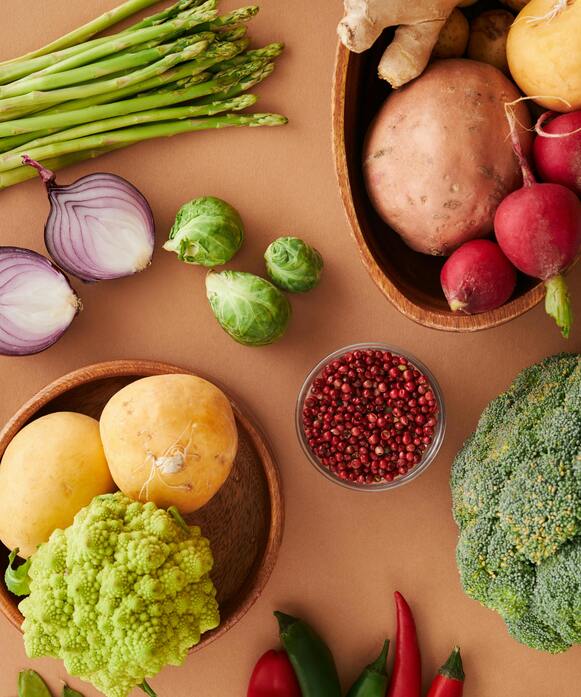The Gut Microbiome: All You Need to Know
Date:
23 Jul 2022

What Is The Gut Microbiome?
The gut microbiome is a collection of trillions of microorganisms of thousands of different species. These microorganisms can also be referred to as microbiota or microbes; when we mention these words, we are talking about bacteria, fungi, parasites and viruses in the gut microbiome.1
Sounds gross, right? These microorganisms in a healthy person co-exist peacefully throughout the body, with most of them being found in the small and large intestines. They can, however, be harmful if the levels of good and bad bacteria are not correct.1
These trillions of good and bad bacteria help your digestive tract break down food and turn nutrients into things your body can make use of. The good bacteria also keep the bad bacteria from wreaking havoc by multiplying so often that there's no room for the bad bacteria to multiply excessively.2
Does Everyone Have The Same Gut Microbiome?
Although everybody has a gut microbiome, each individual's makeup is entirely unique. Our DNA first determines the make-up of the microorganisms within the gut microbiome, hence why some people are genetically predisposed to specific gut issues.1
Our first exterior experience of being exposed to microorganisms is during birth. In natural birth, the delivery through the birth canal exposes the infant to microorganisms from the mother, so the species they are exposed to depends entirely on which microorganisms the mother has. The infant continues to be exposed to these through breast milk.1
Later on, our environments and diet have the most significant impact on our gut microbiome. This can change the microbiome in a positive way or a negative one, potentially placing us at greater risk of diseases.1
What’s The Difference Between Good and Bad Bacteria?
Good bacteria are symbiotic, meaning the gut benefits from their existence. Bad bacteria are known as pathogenic, which translates to promoting disease. When the body is healthy, symbiotic and pathogenic microbes co-exist without issues.1
Having too many pathogenic microbes can make us unwell; infectious illnesses can cause a disturbance in the balance of microbes, foods we eat, prolonged use of antibiotics or harmful bacteria entering the system. This imbalance is called dysbiosis, making the body more susceptible to disease.1
How Does The Gut Microbiome Affect My Body?
The gut microbiome is not just significant for your gut health but your overall health, too. The imbalance of microbes called dysbiosis can contribute to inflammatory bowel disease, celiac disease, colon cancer, diabetes, liver disease and even neurodegenerative diseases like multiple sclerosis.6
Some bad bacteria in the gut produce a chemical referred to as TMAO. This chemical can block arteries, leading to heart disease and even early death.7 It’s essential to avoid these life-threatening conditions by keeping your gut microbiome diverse and healthy.
How Do I Keep My Gut Microbiome Healthy?
The symbiotic microbes in your gut need to be fed to be healthy. If they are not provided correctly, they can begin to eat the lining of your intestines, which can cause inflammation.3
Once you are conscious of the gut microbiome and the need for balance between the symbiotic and pathogenic microbes, you can begin to make better choices for your body. Here are some ways to ensure you have a healthy gut microbiome:
Eat More Fibre
Fibre is an excellent tool for creating a healthy gut microbiome. Fibre is indigestible to humans, but our good bacteria can use it as food to grow stronger. When the good bacteria are fed, they can multiply faster, leaving less room for that pesky bad bacteria.
Consuming dietary fibre also ensures the good bacteria don’t need to feast on your intestinal lining, as they get all the necessary nutrients!3
The average adult in the UK doesn’t eat anywhere near enough fibre; the latest figures suggest that the average fibre intake is only 18g daily. It is recommended that adults consume around 30g of dietary fibre each day.4
The absolute best way to include more fibre in your diet is through including more vegetables in your diet. Leeks, onions, asparagus, cabbage, broccoli, and leafy greens like spinach and kale are all good sources of fibre that are very versatile and easy to include in most3
Reduce Refined Sugar
Refined sugar is processed through the body far too quickly for the symbiotic microbes to use it. It leaves them hungry - in which case, they will either die (leaving more room for the bad bacteria to grow) or eat the intestinal lining for nutrients.
Eating more complex sugars means you still get that sweet fix, but in a helpful way for your body. Symbiotic microbes can use complex sugars such as honey, dark chocolate, fruits and sweet potatoes.3
Be wary of blending or juicing fruits if you are going to include them in your diet. The sugar in fruits is contained within their structure. When they are no longer solid, the sugar is no longer held. This means your microbes don’t get to use the sugar within them.
Don’t Use Antibiotics Too Often
Sometimes, we all need antibiotics to make us better. The trick is, don’t overuse them. Antibiotics work by destroying all bacteria, but unfortunately, this includes the good ones. This makes them highly harmful to your gut microbiome.3
If you need to take antibiotics, ensure you take a probiotic supplement daily for at least the course duration. This helps to repopulate the good bacteria that have been killed by the antibiotics, maintaining some balance in the gut microbiome.3
Eat Less Meat
Unfortunately, lots of livestock are fed on antibiotics. This means we are consuming those antibiotics as we eat their meat. As well as gaining benefits from the protein in meat, you are absorbing all of the bacteria-killing properties of those antibiotics.
Studies have also shown that vegetarians generally have a healthier gut microbiome due to their increased fibre intake. By replacing meat with other protein sources such as lentils, rice, green vegetables, eggs and quinoa, you can increase your fibre intake while maintaining your protein intake.5
We don’t suggest becoming a vegetarian purely to avoid these antibiotics getting into your system, but swapping out some meals in which you’d have meat with plant-based alternatives can help your gut microbiome stay diverse and healthy.
Include Prebiotics and Probiotics In Your Diet
Prebiotics and Probiotics can be found in many food sources. Prebiotics feed the existing good bacteria ensuring they can repopulate, and probiotics add new strains of good bacteria to the gut microbiome.
Including foods like garlic, onions, whole grains, bananas, asparagus, red wine extracts, root vegetables, and lentils can ensure you get a natural source of prebiotics. This will help ensure the good bacteria are fed well, keeping them alive and repopulating whilst keeping the pathogenic bacteria at bay.3
Probiotics can be found in fermented foods such as pickles, kimchi, sauerkraut and kombucha.3 If these foods don’t fit your diet's wants and needs, you can instead take a probiotic supplement.
Take Probiotic Supplements
Talking of probiotics, they aren’t just beneficial to combat the harm caused by antibiotics. Taking a daily probiotic supplement is the most effective way to increase and maintain the health of your gut microbiome.
At The Gut Co, we have created a range of probiotic supplements using multi-layered tablet technology that releases the ingredients when your body needs them. These tablets contain multiple strains of live bacteria that benefit the gut microbiome by diversifying the microbes.
Our formula for the tablet “The Gut Co Gut Care” contains Actazin, a natural kiwi powder that contains fibre - which as we know, is great for the gut microbiome. Actazin works as a prebiotic, which feeds the good bacteria in your gut, allowing them to reproduce short-chain fatty acids; an essential source of energy for cells in the gut.
Diarrhoea is a symptom of a dysfunctional gut. Gut Care contains CRL 1505, a strain of bacteria (probiotics) shown to reduce episodes of diarrhoea by up to 60% in some cases. Gut Care also contains the probiotic CRL SP92. Both have been clinically proven to improve the gut microbiome by repopulating good bacteria, limiting the growth of pathogenic bacteria.
Final Thoughts
Understanding how the gut microbiome works can be perplexing, but once you know, you can make better choices for your body. The gut has a huge impact on our overall health, and in particular, the digestive system. Symptoms caused by an unhealthy gut microbiome can be irritating and painful or even cause life-threatening conditions.
Including some of these tips and tricks into your routine and being mindful of what you consume can ensure you have a healthy, balanced gut microbiome. How are you going to help your gut?
Handpicked content: The Gut Co’s Multilayer Tablet Technology
References
- https://www.hsph.harvard.edu/nutritionsource/microbiome/
- https://www.webmd.com/digestive-disorders/ss/slideshow-how-gut-health-affects-whole-body#:~:text=Fighting%20the%20Good%20Fight,your%20gut%2C%20it's%20called%20equilibrium.
- https://cdhf.ca/health-lifestyle/10-ways-to-strengthen-your-microbiome/
- https://www.bda.uk.com/resource/fibre.html#:~:text=Adults%20are%20recommended%20to%20get,aim%20for%2015g%20per%20day.
- https://www.ndtv.com/health/weight-loss-pair-these-protein-rich-foods-with-fiber-for-quick-weight-loss-1999457
- https://www.frontiersin.org/articles/10.3389/fmicb.2018.01835/full
- https://jamanetwork.com/journals/jama/article-abstract/2681622

